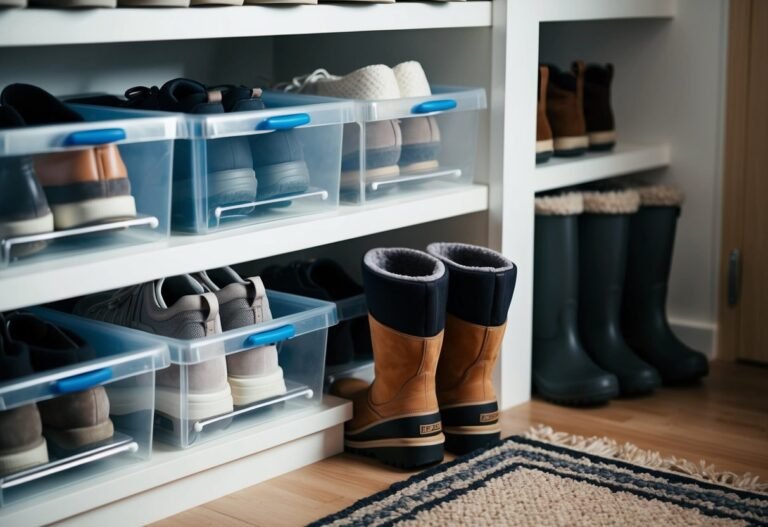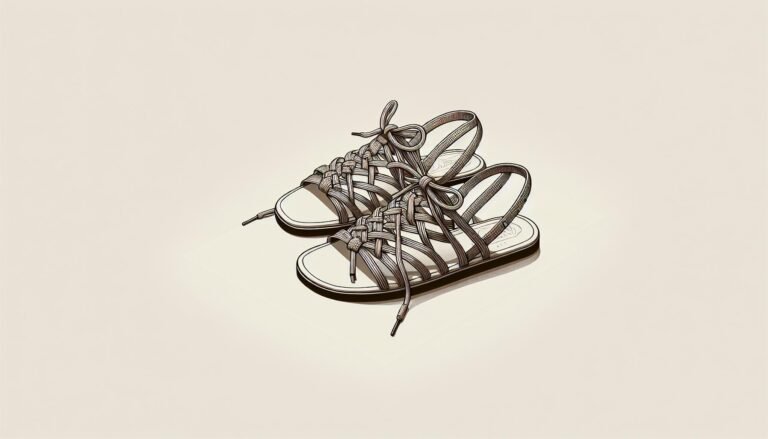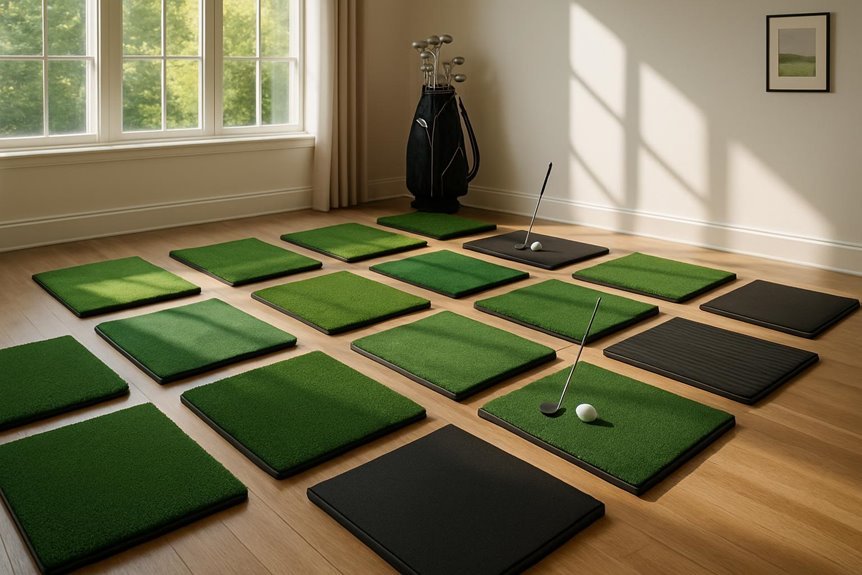Should I Size Down for Wide Fit Shoes? Expert Tips for the Perfect Fit
Finding the perfect pair of shoes can be a daunting task, especially when it comes to wide fit options. Many people wonder if they should size down to achieve a better fit, but the answer isn’t always straightforward. Footwear comfort hinges on multiple factors, including the shoe’s design, material, and the individual’s foot shape.
When considering wide fit shoes, it’s essential to understand how they differ from standard sizes. Wide fit shoes offer extra room in the toe box and forefoot, catering to those with broader feet. However, sizing down might compromise the overall fit and comfort, leading to potential issues like blisters or pressure points. So, what’s the best approach? Let’s explore the key aspects to consider when deciding whether to size down for wide fit shoes.
Key Takeaways
- Proper fit is crucial: Sizing down in wide fit shoes can lead to discomfort and potential foot issues. Stick to your true size for optimal comfort and foot health.
- Differences between standard and wide fit: Wide fit shoes provide extra room in the toe box and forefoot, catering to broader feet and special conditions like bunions.
- Common misconceptions: Sizing down for a better fit is a myth. Wide fit shoes vary among brands, so always consult specific brand sizing guides.
- Recognize signs for wider shoes: If experiencing cramped toes, blisters, or pressure points, it may be time to switch to a wider fit.
- Tips for buying wide fit shoes: Look for a spacious toe box, proper arch support, cushioning, and adjustable features. Prioritize brands known for quality wide fit options like New Balance, Clarks, and Skechers.
Understanding Shoe Sizing and Fit
Precise shoe fit impacts both comfort and foot health. Ill-fitting shoes can cause foot pain and long-term issues like bunions, hammertoes, and plantar fasciitis. A snug, well-fitting shoe supports proper alignment and foot mechanics, minimizing the risk of injury. The American Podiatric Medical Association links poor shoe fit to various foot ailments, emphasizing fit’s critical role.
Standard vs. Wide Fit Shoes
Standard fit shoes serve most individuals with medium width feet. They’re constructed with a regular-width base, providing uniform space across the toe box, instep, and heel areas. Examples include athletic sneakers and dress shoes.
Wide fit shoes cater to broader feet, offering extra space in the toe box and forefoot. They help accommodate conditions like bunions or high arches. For instance, brands like New Balance and Clarks provide wide fit options for enhanced comfort.
| Feature | Standard Fit Shoes | Wide Fit Shoes |
|---|---|---|
| Width | Medium | Wide |
| Toe Box | Regular space | Extra space |
| Forefoot | Standard forefoot room | More room |
| Best Use | Medium-width feet | Wide or special foot conditions |
Understanding these differences enables better decisions on shoe sizing and fit.
Should I Size Down for Wide Fit Shoes?
Benefits of Proper Sizing in Wide Shoes
Proper sizing in wide shoes ensures adequate space for movement. It prevents discomfort from tightness. Well-fitted shoes aid in maintaining foot health by minimizing pressure on joints and bones. This fit supports natural foot alignment, reducing the risk of developing foot conditions.
Quality of life improves with the right shoe size. Daily activities become easier without the pain caused by ill-fitting shoes. Brands like New Balance provide wide fit options that support various arch types, enhancing overall comfort.
Common Misconceptions About Wide Shoes and Sizing
One common misconception is that sizing down in wide shoes offers a better fit. However, this can lead to cramped toes and pressure points. Wide fit shoes are designed to accommodate broader foot shapes.
Another misconception is that all brands have uniform sizing for wide shoes. Wide fit standards vary among manufacturers. Researching brand-specific sizing guides can help find the best fit for broad feet.
Finally, some believe wide shoes lack style. However, many brands like Clarks offer fashionable options in wide sizes. These shoes combine comfort with aesthetic appeal.
How to Determine If You Need Wide Fit Shoes
Certain symptoms indicate you need wider shoes. Persistent discomfort on the sides of the feet is a red flag. If toes feel cramped or overlap, it’s time to reconsider your shoe width. Blisters and calluses on the sides of the feet suggest your shoes are too narrow. Shoes leaving deep indentations or red marks on the skin after removal indicate tightness. Swelling or pressure points on the forefoot may also signify a need for wider footwear.
Measuring Your Foot for the Right Fit
Correct measurements ensure a proper fit. Use a Brannock Device, a standardized foot measuring tool, to assess your foot’s length and width. Measure at the end of the day when feet are largest. Wear the socks you plan to use with the shoes. Measure both feet, as size often varies, and select shoes for the larger foot. Record both the length and the width. Cross-reference the width with shoe size charts from specific brands, as sizing standards vary.
Tips for Buying Wide Fit Shoes

What to Look for in Wide Fit Shoes
Seek shoes with a spacious toe box to accommodate wider feet comfortably. Prioritize arch support and cushioning to maintain foot health. Verify that the shoes offer enough width and depth, helping to prevent pressure points and discomfort. Materials like soft leather or mesh provide flexibility and breathability, enhancing overall comfort. Adjustable features, such as laces or straps, allow for a customizable fit, catering to individual foot shapes. Check for a sturdy outsole to ensure proper support and stability during wear.
Top Brands Offering Quality Wide Fit Shoes
New Balance: Known for a variety of wide fit options, offering robust arch support and cushioning. Their shoes suit both casual and athletic needs.
Clarks: Famous for stylish yet comfortable wide fit footwear, focusing on high-quality materials and craftsmanship.
Skechers: Provides numerous wide fit choices with memory foam insoles, ensuring all-day comfort and support.
Brooks: Specializes in wide fit athletic shoes, focusing on durability and extensive cushioning for active wearers.
ASICS: Offers wide fit models, particularly for runners, emphasizing enhanced stability and support.
Use these brands to find quality wide fit shoes meeting specific needs and preferences.

Choosing the right size for wide fit shoes is crucial for maintaining foot health and comfort. It’s not just about the width but also ensuring the overall fit is perfect. Brands like New Balance, Clarks, and others offer excellent options tailored to various needs. A spacious toe box, proper arch support, and cushioning are key factors to consider. Remember, a well-fitted shoe can prevent numerous foot conditions and enhance your overall well-being. Always prioritize comfort and functionality when selecting wide fit shoes.
Frequently Asked Questions
Why are wide fit shoes important for foot health?
Wide fit shoes provide extra space for your feet, reducing the risk of foot conditions like bunions and plantar fasciitis. Proper shoe sizing ensures better comfort and support, promoting overall foot health.
How do standard and wide fit options differ?
Standard fit shoes generally have less toe room and width compared to wide fit shoes. Wide fit options offer more space, which helps accommodate foot conditions and ensure proper alignment and support.
What should I look for when buying wide fit shoes?
When buying wide fit shoes, consider a spacious toe box, good arch support, sufficient cushioning, appropriate width and depth, quality materials, adjustability features, and a sturdy outsole for stability.
Are there specific brands known for wide fit shoes?
Yes, top brands like New Balance, Clarks, Skechers, Brooks, and ASICS are known for providing quality wide fit shoes that cater to various needs and preferences, ensuring both comfort and style.
How do wide fit shoes help prevent foot conditions?
Wide fit shoes help prevent foot conditions by providing adequate space, reducing pressure on the feet, and ensuring proper weight distribution. This helps to avoid issues like bunions, plantar fasciitis, and general foot pain.











